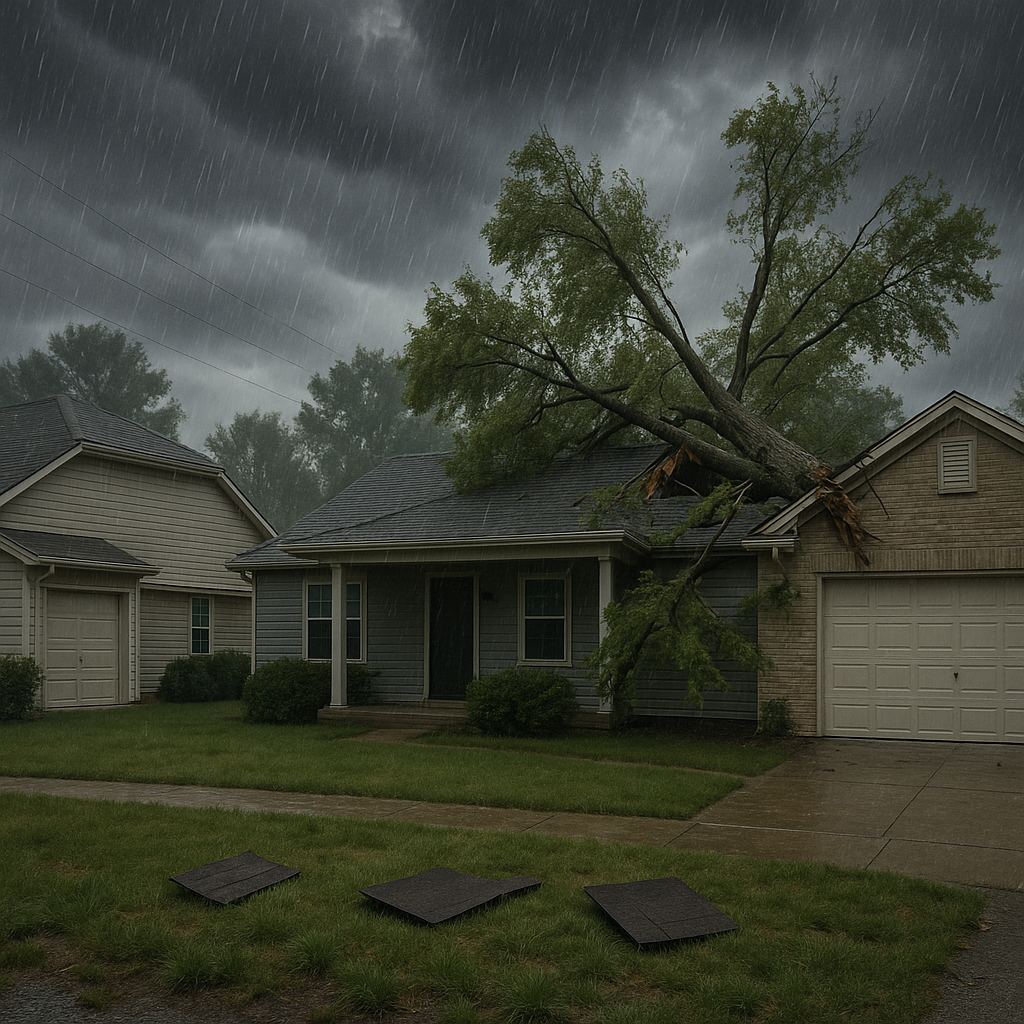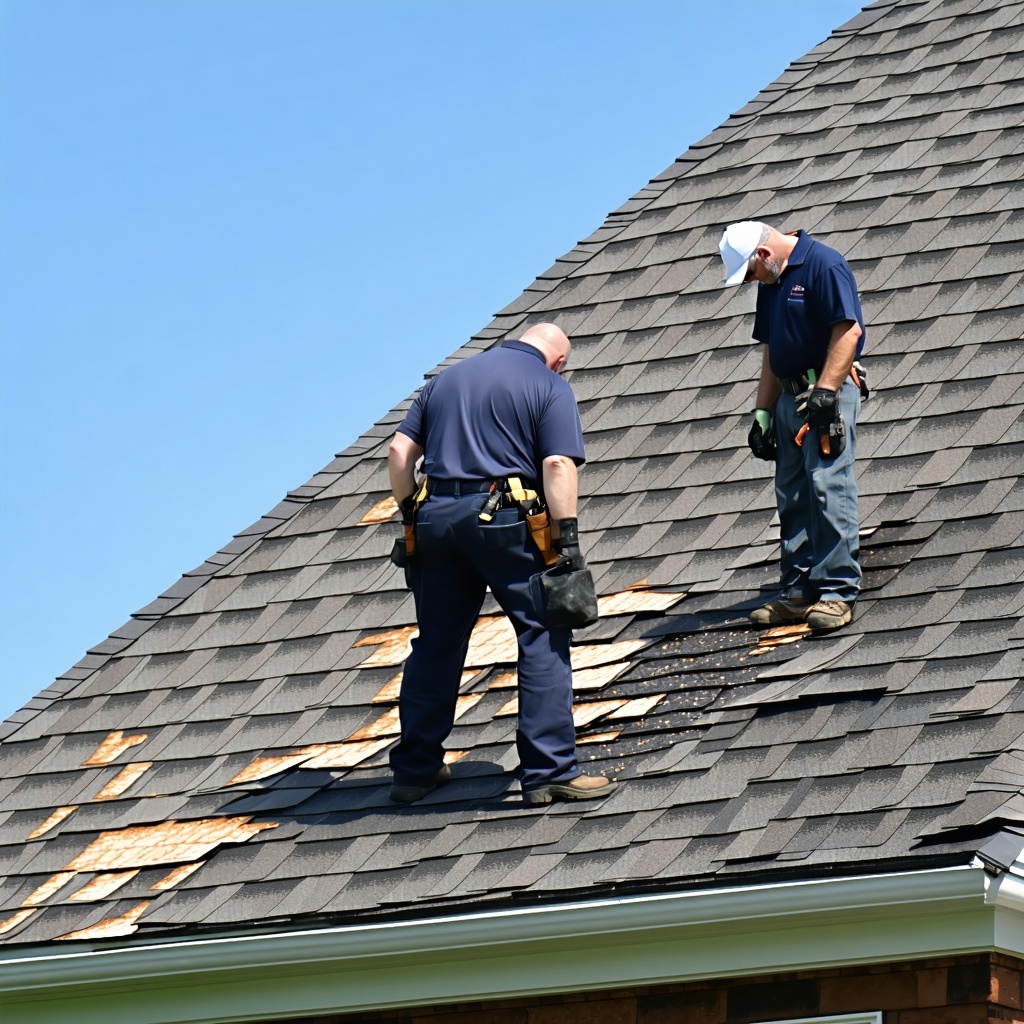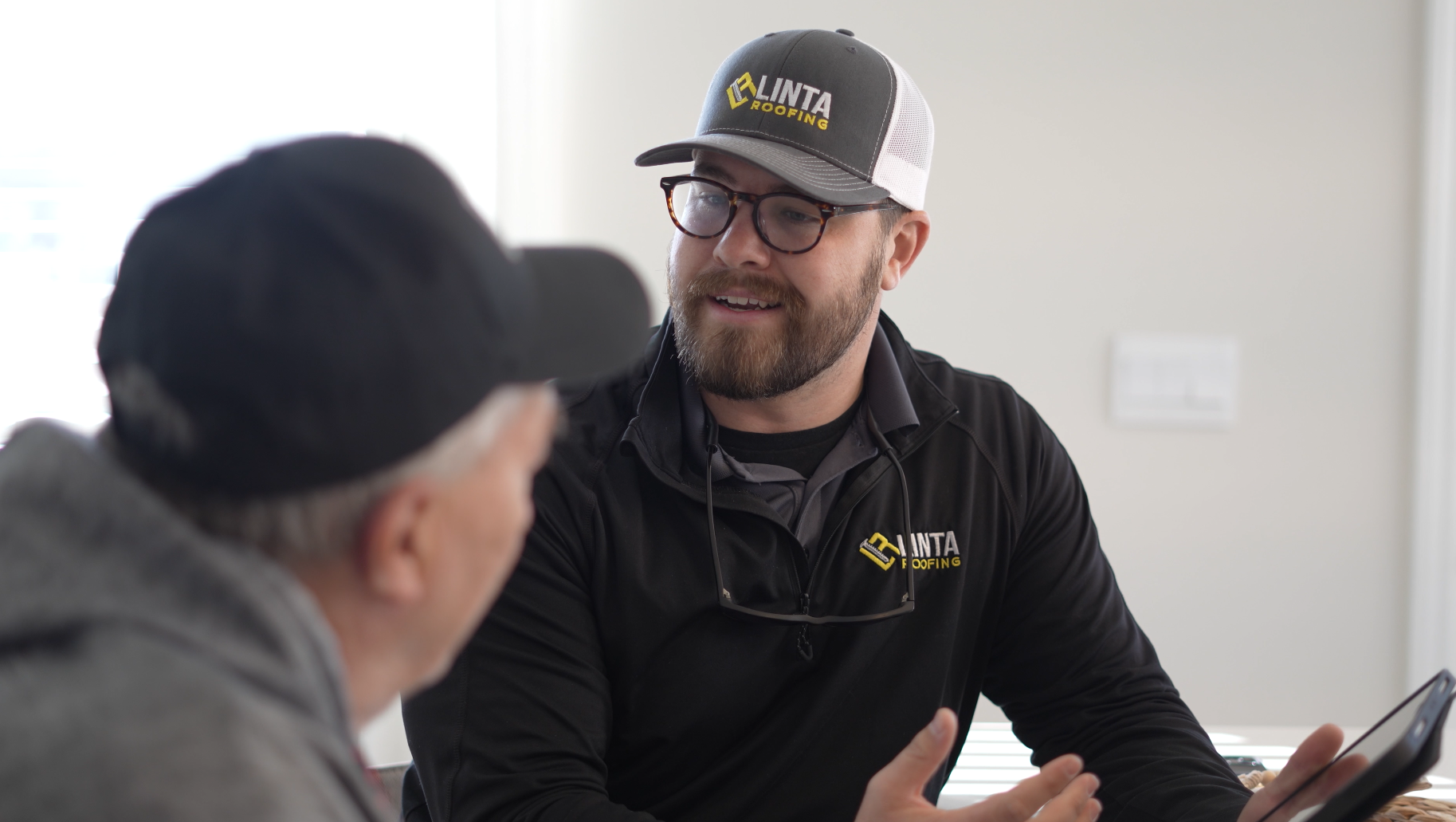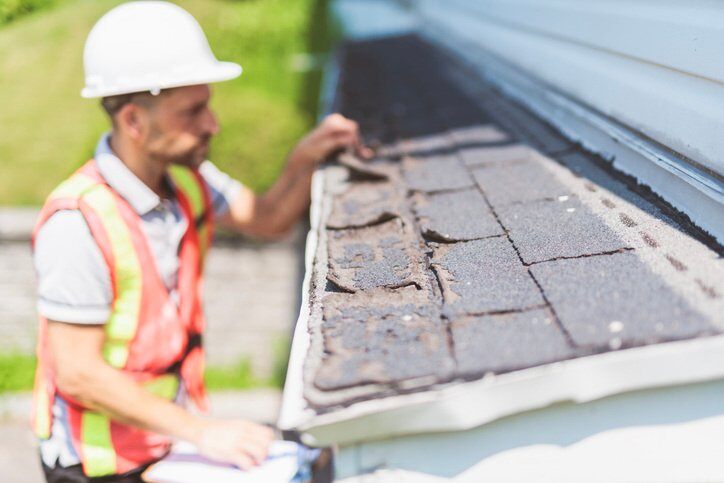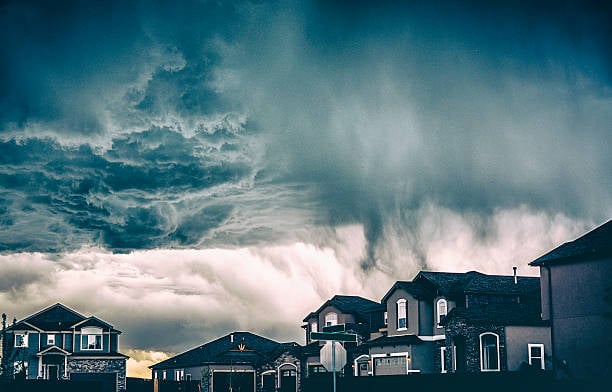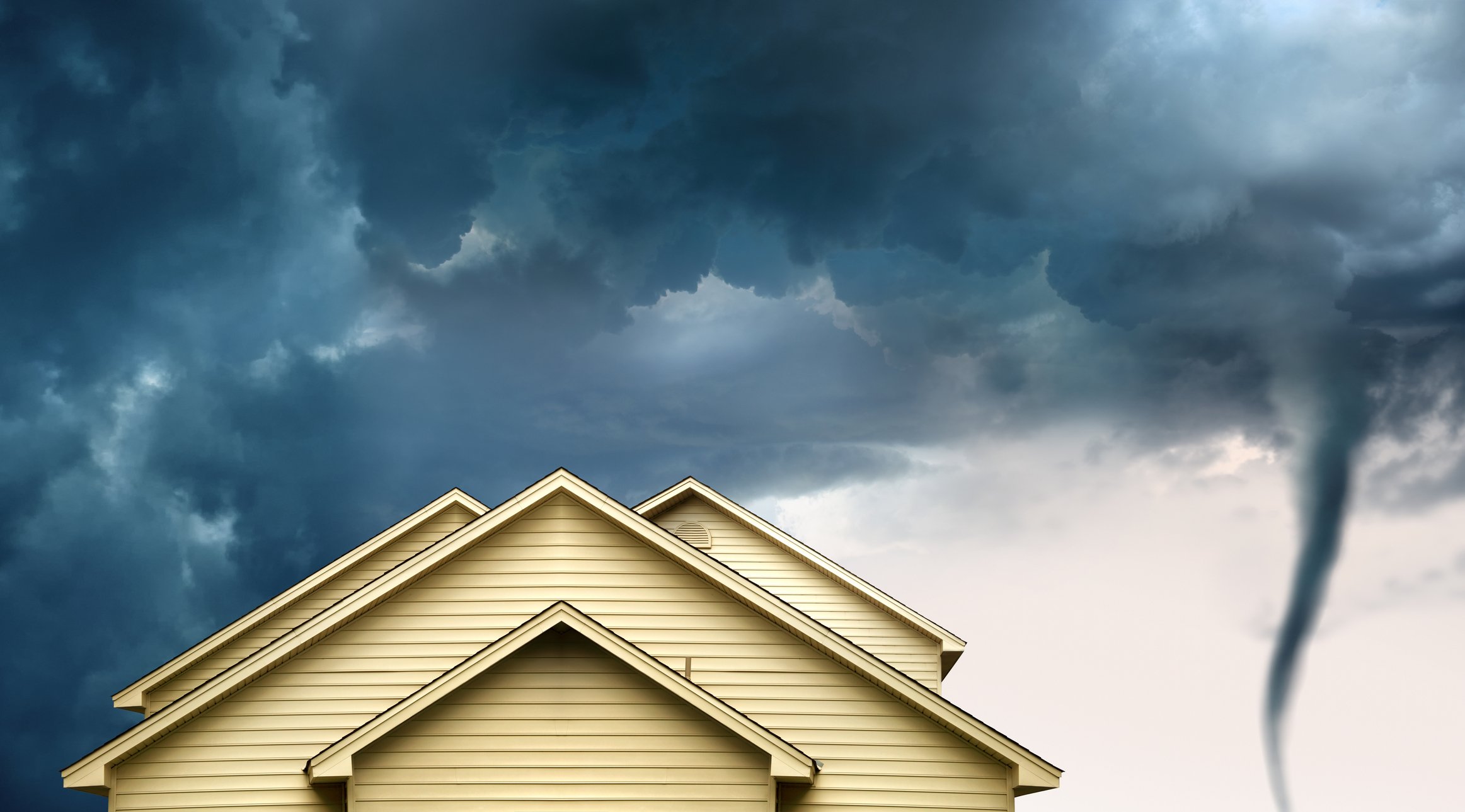How Does Linta Roofing Guide Me Through the Insurance Process?
December 18th, 2023
6 min read

When you believe it is time to initiate an insurance claim for your roof, it is normal to have a sense of uncertainty.
Repeatedly, our clients have voiced their concerns about the insurance process. They do not know the steps to take and are not sure what to do next after their roof is damaged. As questions accumulate, the resulting stress can become quite overwhelming.
At Linta Roofing we offer guidance to homeowners, helping with around 200 insurance claims per year. And we find that our customers not only want our help but also find a sense of relief and support when they seek our guidance.
While there are a few important things for you to know before you decide to make an insurance claim on your roof, we are happy to help you through the process.
If you are looking for a roofing company that will go above and beyond to help you with your insurance claim, we are happy to help from start to finish with the insurance process. Not only that but in this article, we will explain exactly what you can expect from us, how we guide you through the 5 step process to file an insurance claim, and the ways we will intercede where necessary on your behalf during this process.
Step 1 – Assistance in Starting The Roofing Claim
We understand that most homeowners have never gone through the insurance process before. So, to make things easy we will help you start the insurance claim process by calling the claims department with you or help you use your insurance company’s online portal.
At the time of starting the claim, the insurance company will want to know a few things. We will help you with answering those questions. The most common questions that insurance companies ask are as follows:
- When did the event that caused damage to your roof occur? (Also known as the “date of loss”.)
- Was it a named storm/hurricane? (This is significant, as providing an inaccurate date could result in a claim denial, regardless of the extent of damage to your roof.)
- What type of damage do you have?
- Wind
- Hail
- What is the extent of the damage? (Is there leaking or damage to your shingles, gutters, downspouts etc.?)
Your insurance company asks these questions to determine which policy period the damage would fall under and which type of deductible will apply.
Next, your insurance company will assign a field adjuster to come and inspect your roof. We will ask your insurance company to designate your project manager at Linta Roofing as the “point of contact.” This will help ensure a smooth process by allowing them to directly coordinate with us for scheduling the roof inspection. We will confirm all appointment times with you if you would like to be present for the inspection.
If you have already initiated a claim, we recommend contacting your insurance company and designating Linta Roofing as the “point of contact” for your inspection. This way, no damage is overlooked during the inspection conducted by your adjuster.
Step 2 – Schedule A Roof Inspection with the Assigned Field Adjuster
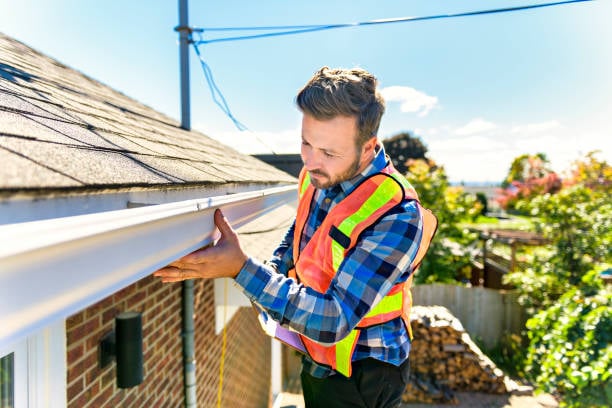
A field inspector will usually call you to schedule an inspection within 24-48 hours after you file a claim on your roof. At this point, you will want to defer the field inspector to your Linta Roofing project manager to schedule the inspection.
It is important to make sure your Project Manager from Linta Roofing is present when the field inspector visits. This ensures that all details of the damages are pointed out and the documentation that the field inspector needs to move your claim forward is provided. Those documents will be offered to the adjuster by your Linta Roofing Project Manager who has already inspected your damage.
Step 3 – Your Linta Roofing Project Manager Will Meet The Insurance Adjuster On Site
To give you the best chance of receiving an approval, we prefer to be present while the field adjuster is on site. Our Project Managers are essential in making sure all damage is recorded properly and can assist in providing any relevant information. Having a Linta Roofing project manager present during the inspection with your insurance adjuster enables the following:
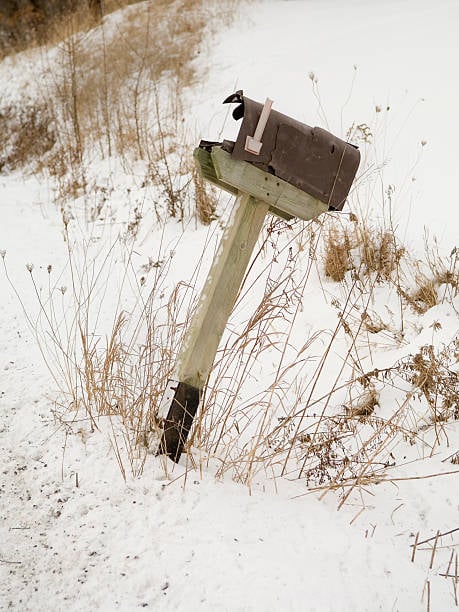
- Ensure All Collateral Damage is Properly Recorded
Collateral damage includes damage around the home to things other than your shingles.
For example: Hail can damage gutter downspouts, window screens, mailboxes, attic fans, and any soft metals on your property. These things help to show that the damages are from a storm and not from something else.
- Provide 3rd Party Storm Reports To the adjuster
These reports offer the insurance company a specific date and location of the weather event that caused damage to your home. The report will provide information on the wind speed and direction, as well as details on hail size, direction, and density. Additionally, it will include data from local weather stations that reported on the event.
This information is crucial in deciding whether or not your insurance claim will be approved. Your insurance company wants to identify the exact cause of the damage to your home.
- Provide 3rd-Party Estimating Software
The majority of insurance companies use a program called Xactimate to write their estimates. This is a 3rd party, cost-averaging software that uses your zip code and month of the year to provide an average price per line item.
We at Linta Roofing use the same software to keep both parties speaking the same language and ensure there is no disagreement on price. With this software, the pricing is always the same per unit (ex: price per square). However, it is common that individual line items are missing when an insurance company estimates a roof. This is why we must review your documents with you in the instance of coverage being provided.
We will discuss the scope during the inspection to try and make the estimating process as smooth as possible.
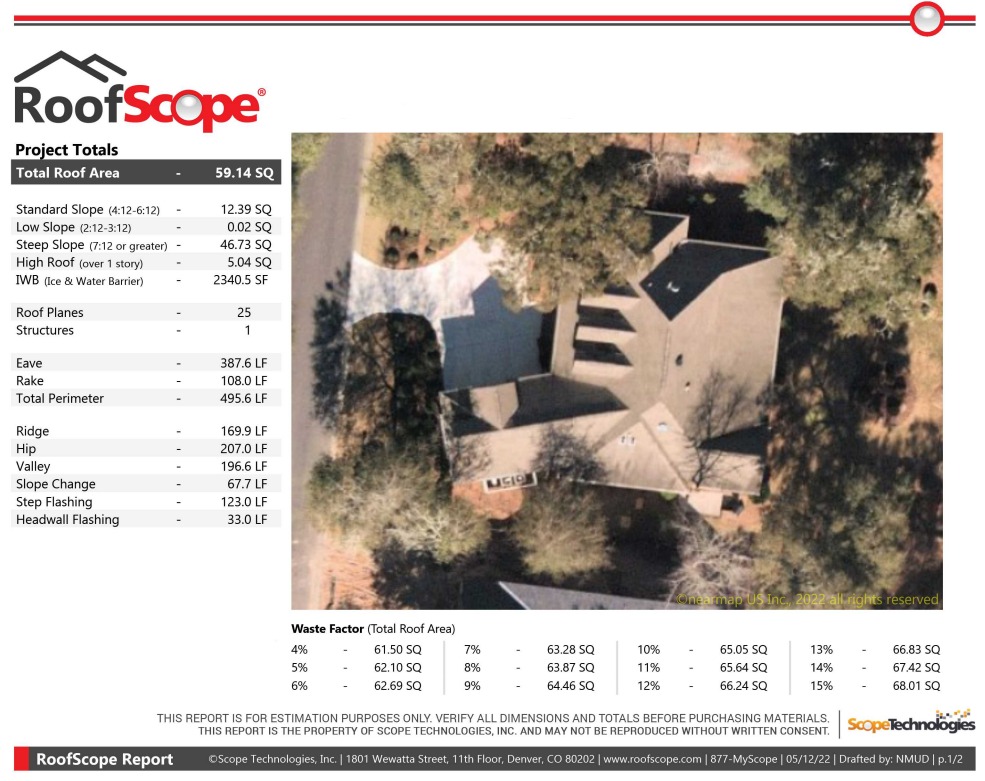
- Provide 3rd-Party Measurements
Your insurance company could be incentivized to claim that your roof is as small as possible, while your contractor is likely to want your roof to be as large as possible. To eliminate bias from the equation, we employ several third-party satellite imaging software solutions to ensure impartial measurements. This approach offers accuracy without favoring any particular bias.
- Ensure All Code Upgrades are Accounted For
Most homeowners will have Code Upgrade Coverage or Law and Ordinance. After approval, your insurance company will cover the replacement of the current items on your home. However, if you have code upgrade coverage, they will also fund the items required to comply with building codes.
For example: the current South Carolina Code requires that a roof must have a drip edge installed in most areas. Even if there is no drip edge on your current roofing system, your insurance should adjust the claim to include it in the payout, as it’s part of the required scope of work.
Following the adjuster meeting’s conclusion, they will send their recommendation and detailed report to a desk adjuster for review.
Step 4 – A Desk Adjuster Reviews the Roof Inspection Report and Decides on Insurance Coverage
Within around 2-3 weeks a Desk Adjuster will review the report. You will receive a detailed itemized report of what has been approved. A Desk Adjuster is in charge of supporting insurance claims activity and solving different types of claim-related issues and questions.
It is important to share this itemized report with your Linta Roofing project manager, as around 60%-70% of the time we find that line items are missing.
For example: we recently had a customer handle the insurance process independently. They were initially only approved for $12,000, however, their roofing project was close to $22,000. Several line items were missing, measurements were inaccurate and code items were not included. Because we were able to work with that insurance company on the client’s behalf, we were able to have the full amount accounted for and saved them from having to come out of pocket for more than their deductible amount.
Even if your claim is initially denied, there are steps to take to potentially get the decision overturned. If you are working with an experienced contractor, they can have additional conversations with your desk adjuster to discuss any discrepancies or things that are missing from consideration.
Step 5 – Schedule your Roofing Project with Linta Roofing
Once everything is in order with your approved insurance estimate, you are ready to go under contract for your roofing project.
At this time your project manager will explain the distribution of funds. This includes the deductible, the first check amount, and recoverable/non-recoverable depreciation. It is important to note that depreciation is released on the final invoice amount, not the total approved amount. This is how your insurance company makes sure that your deductible is paid before they release any depreciation funds.
Once the job is complete, we will send over completion photos, a Certificate of Completion and a final invoice to your insurance company. Once this is received, your insurance company will release the remaining funds to ensure you only pay your deductible amount.
Linta Roofing: Providing Peace of Mind from the Beginning to the End of The Insurance Claims Process
Navigating the insurance process for your roofing project can be filled with plenty of uncertainty and questions. Not only that, but some additional, undue stress on you as a homeowner. After all, you pay into your insurance, and you hope to use it in the instance you have received damage.
At Linta Roofing, we understand that this can be an overwhelming process for most homeowners, which is why we like to help you through the entire process. From initiating the claims process to supplementing missing report items, we are happy to help!
If you read this article and still feel a bit uneasy about starting an insurance claim, it may be beneficial for you to schedule a roof inspection to further assess your damage. Navigating the decision to file an insurance claim may not always be easy, but armed with knowledge, you can turn your uncertainty into confidence!
Jeffrey Linta is a 3rd generation roofer who grew up working in his family's roofing business (Linta Roofing, Inc.). He got his start tearing off roofs during the summer while attending North Myrtle Beach High School. Now running one of the most successful roofing businesses in the Grand Strand area, Jeffrey has lived and breathed roofing for his entire working career. Some of his accolades include GAF Master Elite Contractor, SC Safehome certified contractor, Group 5 SC Licensed Commercial Contractor, and GAF Master Commercial roofing contractor. Under his leadership, Linta Roofing, Inc. has served thousands of homeowners and business owners in the Grand Strand area. Linta Roofing achieved awards like the Sun News’s “Best of the Beach” and A+ Rating with the Better Business Bureau all while receiving hundreds of 5-star reviews year after year. Jeffrey is a Grand Strand born and raised local. When he is not running Linta Roofing, he spends time fishing with his wife Erica and walking the beach with his dog Dixie.


